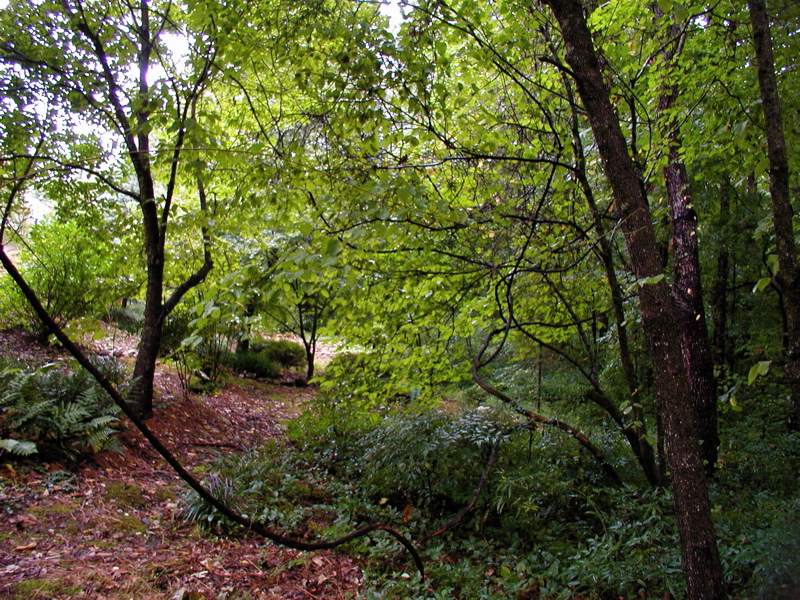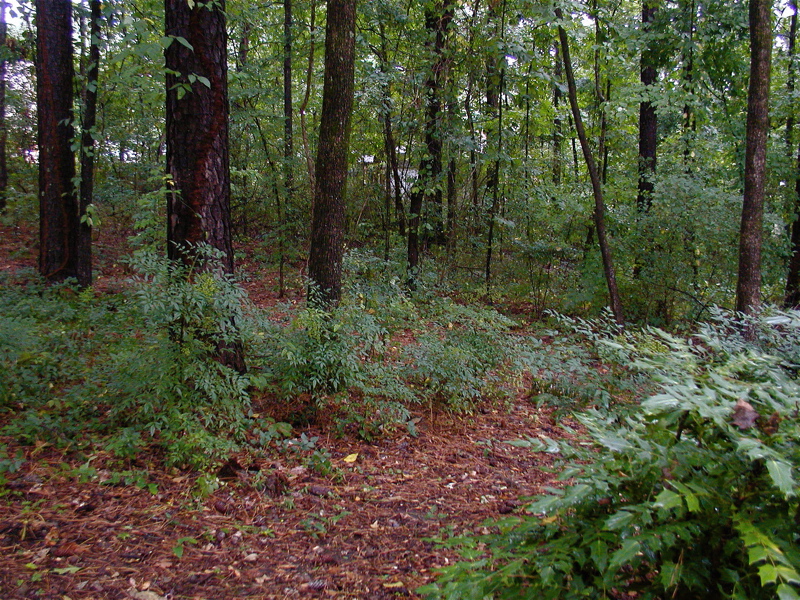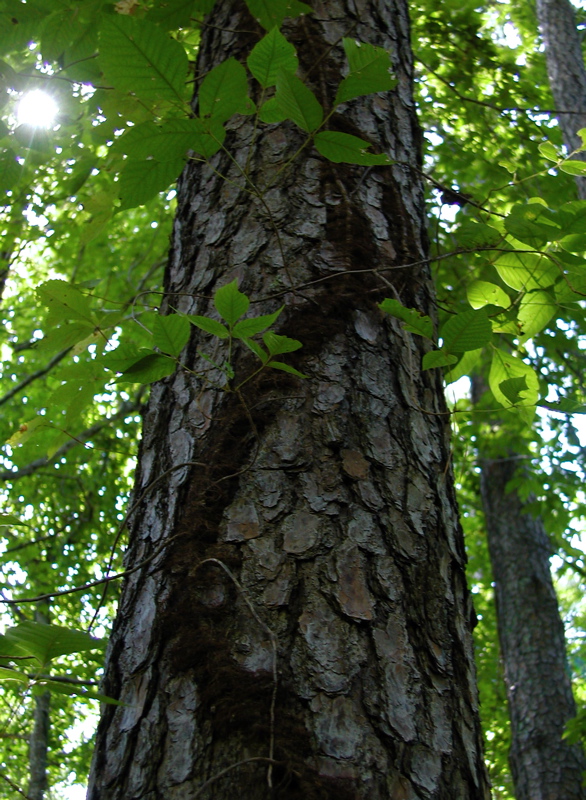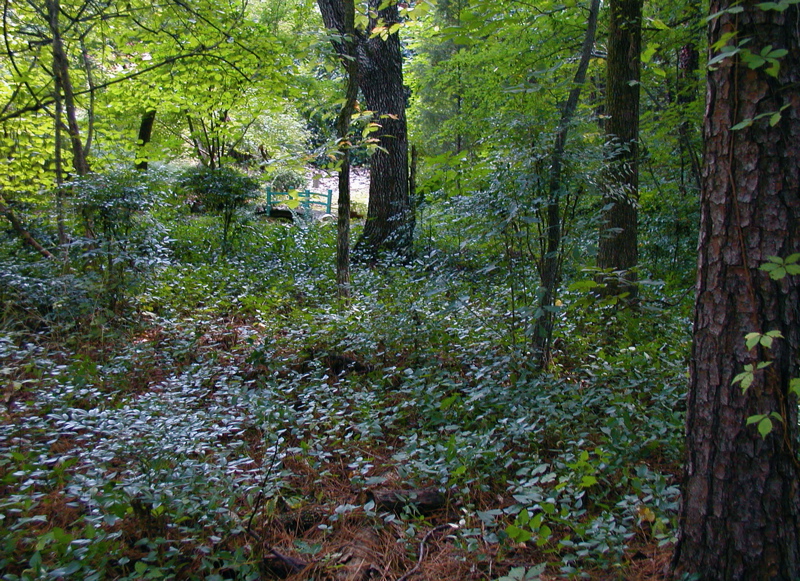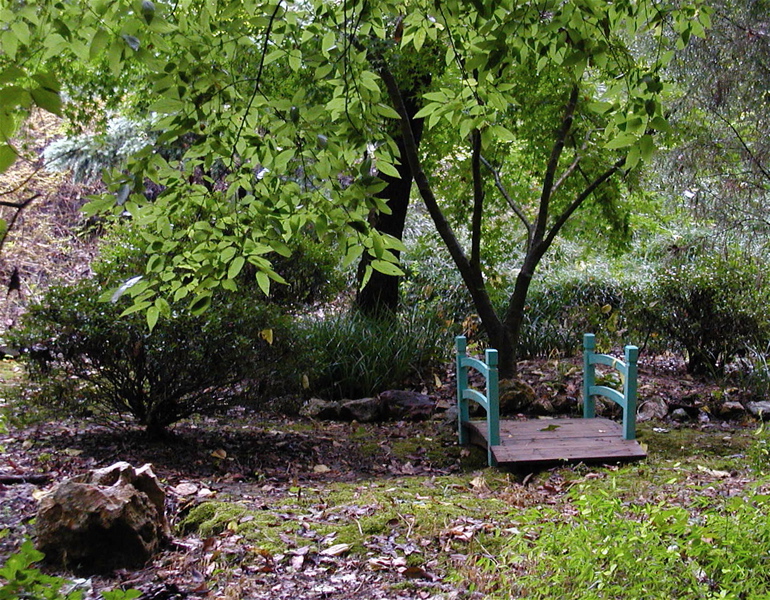February Frozen Finger Shots
 Sunday, February 22, 2015 at 5:00AM
Sunday, February 22, 2015 at 5:00AM I am weary of the dreariness. There. I have broken my rule to never complain. ( I break it often.) This past week we escaped the ice and snow that hit most folks who live north of us; but we did experience temps down into the low teens, along with days of grayness that stretched endlessly so that daytime never quite seemed to get here. Well. Yesterday we warmed up, all the way into the upper 50s, and it rained all day. Today is more of the same.
The day before yesterday, I left a warm house, seeking inspiration for this post before the rains arrived. The temp was hovering right at freezing, but with the wind chill it seemed much colder. I can't take pictures with my gloves on, so I call the following images my "frozen finger shots." I hope you enjoy them!
Despite the weather, I saw a lot of bluebirds. This one is perched in a dogwood tree, Cornus florida. Dogwood is only one of many berry producing plants in the garden that attract bluebirds.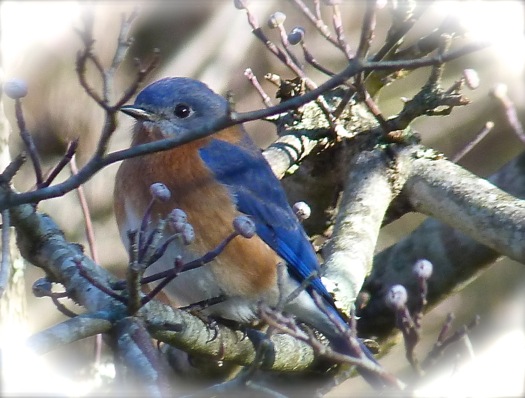
Later in the year this squirrel's nest will be hidden by greenery, but now it is easy to see, perched high in a tree.
My Hellebores were unprotected during the coldest part of last week. They were in full bloom, and I worried about them. I need not have. These hardy plants hunkered down low to the ground, then popped back as soon as the temps climbed.

A lot of my camellia blooms have already turned to brown mush this winter, daring to bloom right before a freeze. I was sure the same was going to happen to 'Red Candles,' whose buds were beginning to open before the arctic air arrived. I was surprised to see the following colorful sight in the woodland garden; 'Red Candles' was drooping a bit, but I saw no brown, mushy blooms!

Juniperus media 'Sea of Gold' is reported to stay gold through the winter. Here it is, in front of Juniperus squamata 'Blue Star.' Do you see any gold? The frosty air has turned it an odd, though not unattractive, color. It is reaching for the sun. I know how it feels! 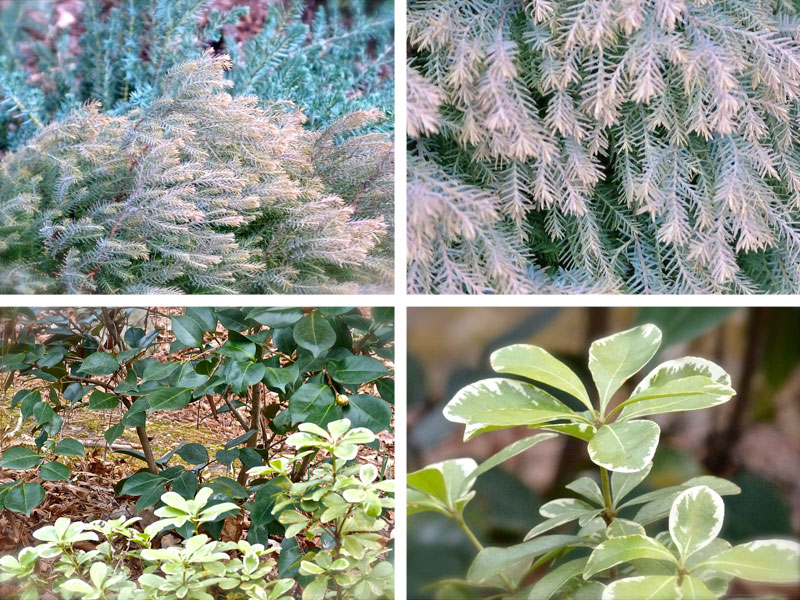 Above is Pittisporum tobira 'Variegatam.' It is growing in front of Camilla japonica 'Gunsmoke,' whose buds are very tight and nowhere near opening.
Above is Pittisporum tobira 'Variegatam.' It is growing in front of Camilla japonica 'Gunsmoke,' whose buds are very tight and nowhere near opening.
Here are Pieris japonica 'Cavatine' and Trachelospermum jasminoides, AKA Confederate Jasmine. I wrapped the jasmine in sheets earlier in the winter when the temps hit single digits. I risked it this time, and it seems OK. I knew the pieris would be fine.
The great hairy vine on this pine tree is the notorious poison ivy. It is not adjacent to a path, so I leave it alone. It would be a monster to kill, and the birds love it.
I love the detail of lichens and moss on this tree bark: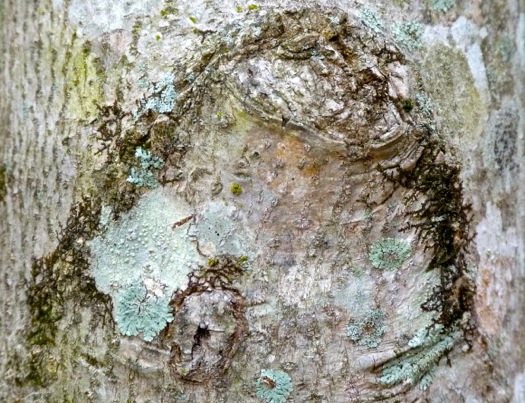
Some shots taken through azalea bushes near the front lawn:

Finally, don't forget to look down! Here are some images taken of rocks and moss and leaves and other things one sees when looking at the ground in my February garden:

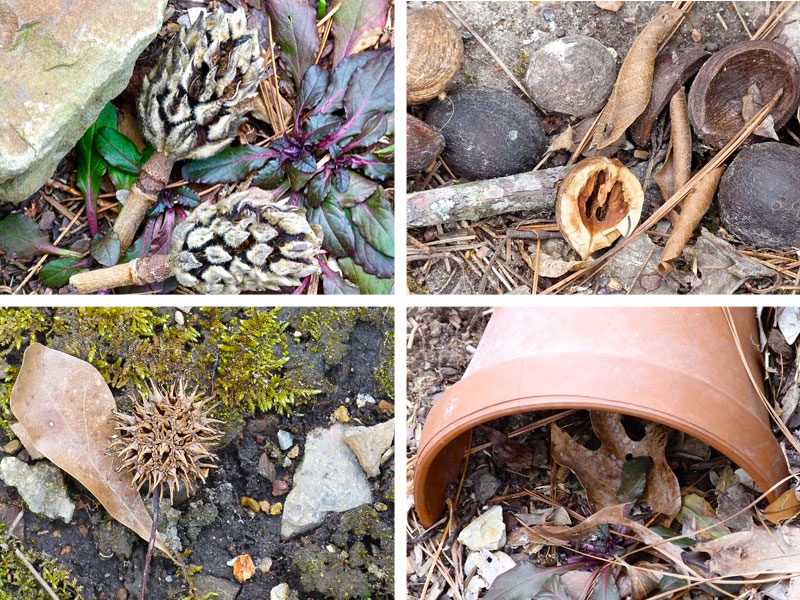
It took a while for my fingers to thaw out, but a hot drink and a blazing fire on the hearth did the job. So here I am: watching it rain, thanking God for the good things of winter, and waiting for spring!

